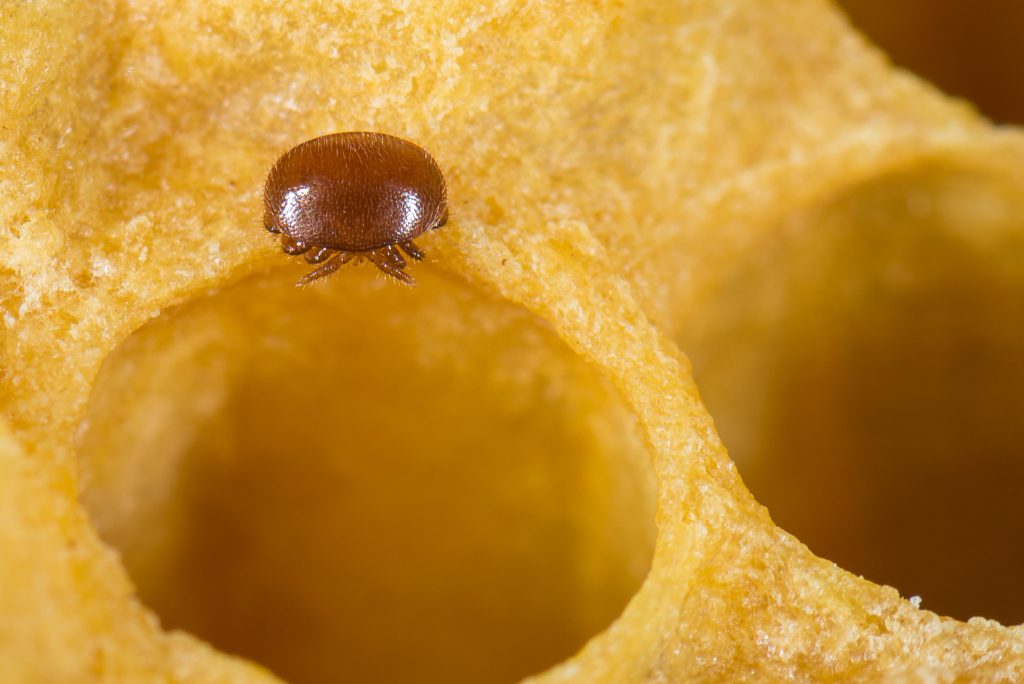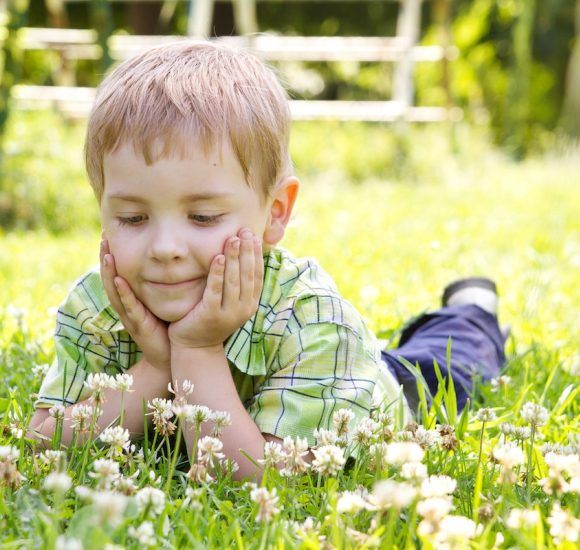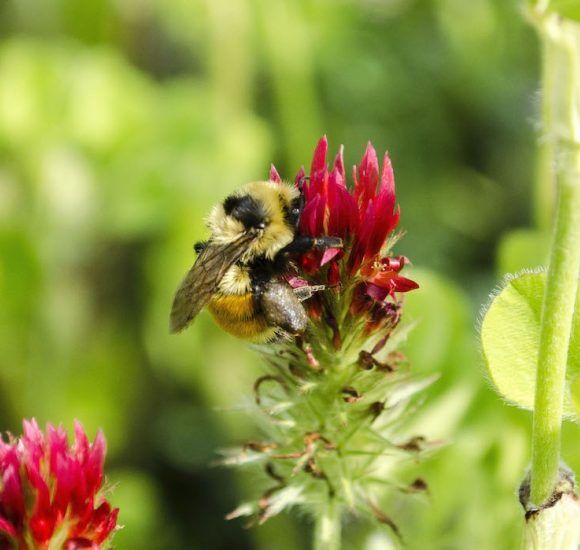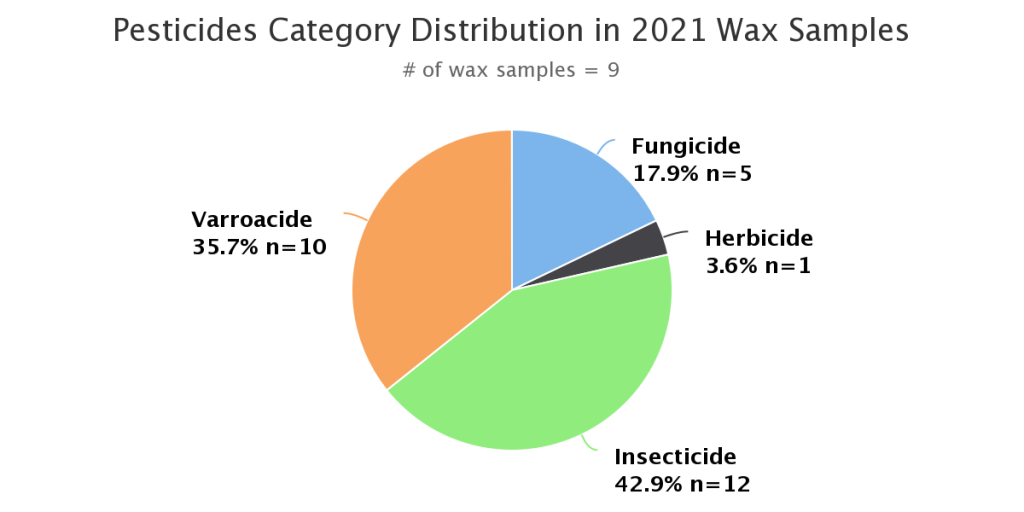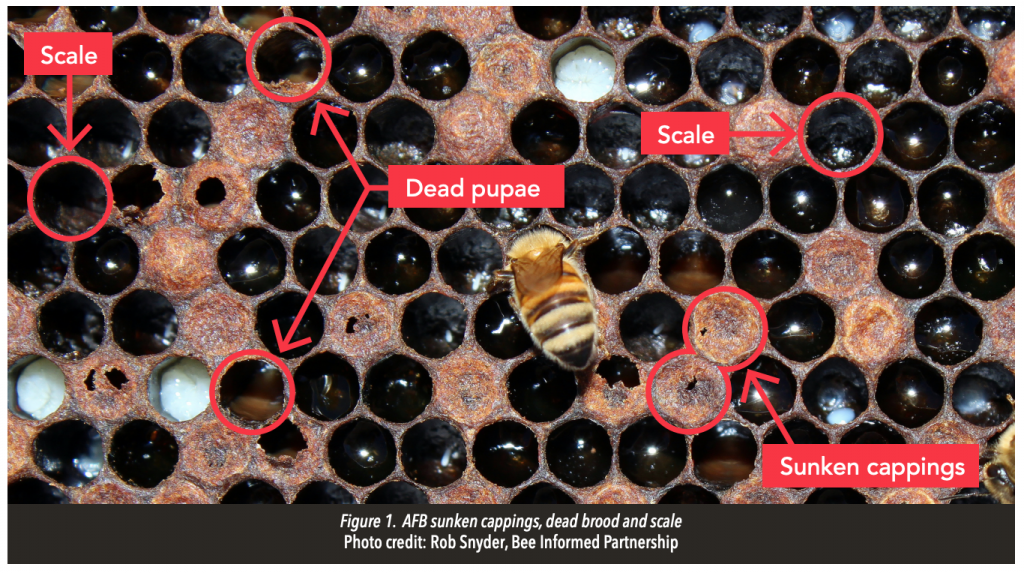A New Way Of Sharing Resources: Meet The Online Pollinator Tool, “Beescape”
Olivia Schaefer
Created by a team of researchers and web designers at Penn State University, “Beescape” is an online tool that helps improve pollinator forage and landscape in a particular region. It’s simple to use; launch the web program and enter your location to see a quality rating of your local flora and fauna, as well as the differing land uses in your area and quick data about the climate. In addition, users of “iNaturalist” can add in photos of plants and pollinators alike, and the exact location where they were found. Plus, you can explore past and present weather trends to better understand their impact on pollinator health and forage.
Beescape designers continue to improve the program, hinting that new tools will be available for use in the future. The program is the first step of many to improving overall pollinator health, for both honeybees and native species. Programs like this also suggest there is a brighter, more cohesive future in which beekeepers and conservationists join forces and share resources beneficial to both groups. Check out this unique opportunity at the link below!
